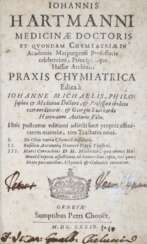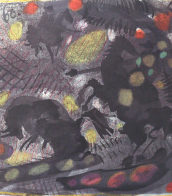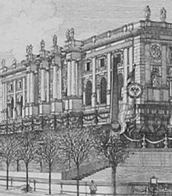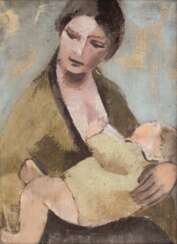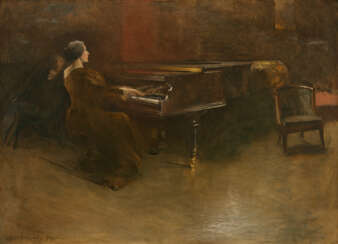j.d. hartmann

Hartmann Schedel was a German humanist, medical scientist, historian and chronicler.
Schedel was the first to compile a world chronicle, the so-called Visual History of the Earth from the Creation of the World to the 1490s, known as Schedelsche Weltchronik (Schedel's World Chronicle). It was published in 1493 in Nuremberg. About 600 woodcuts for this book were created by the artists and engravers Michael Wolgemuth (1434-1519) and Albrecht Dürer (1471-1528). The illustrations depict biblical scenes, family trees, portraits of famous personalities, and fairy tale or legendary creatures. However, the main ones here were maps of the world, Germany and Central Europe.
Hartmann Schedel was one of the first cartographers to use machine printing. He was also a renowned collector of books, artworks and engravings by old masters.


Hartmann Schedel was a German humanist, medical scientist, historian and chronicler.
Schedel was the first to compile a world chronicle, the so-called Visual History of the Earth from the Creation of the World to the 1490s, known as Schedelsche Weltchronik (Schedel's World Chronicle). It was published in 1493 in Nuremberg. About 600 woodcuts for this book were created by the artists and engravers Michael Wolgemuth (1434-1519) and Albrecht Dürer (1471-1528). The illustrations depict biblical scenes, family trees, portraits of famous personalities, and fairy tale or legendary creatures. However, the main ones here were maps of the world, Germany and Central Europe.
Hartmann Schedel was one of the first cartographers to use machine printing. He was also a renowned collector of books, artworks and engravings by old masters.



-eitner-portrait-of-alma-del-banco.jpg)
Alma del Banco was a German artist of the first half of the twentieth century of Jewish origin. She is known as a painter and graphic artist and is considered a representative of Art Nouveau.
Alma del Banco, who began her career as an artist rather late, was already a recognized figure of the Hamburg art scene in the early 1920s and one of the founders of the Hamburg Secession art group. At the beginning of her career she was strongly influenced by Cubism, then her artistic style changed, it became less schematic and her work became more meticulous. The artist achieved considerable success in the portrait genre. However, after the Nazis came to power in Germany, she was banned from exhibiting and her work was declared "degenerate art".

-eitner-portrait-of-alma-del-banco.jpg)
Alma del Banco was a German artist of the first half of the twentieth century of Jewish origin. She is known as a painter and graphic artist and is considered a representative of Art Nouveau.
Alma del Banco, who began her career as an artist rather late, was already a recognized figure of the Hamburg art scene in the early 1920s and one of the founders of the Hamburg Secession art group. At the beginning of her career she was strongly influenced by Cubism, then her artistic style changed, it became less schematic and her work became more meticulous. The artist achieved considerable success in the portrait genre. However, after the Nazis came to power in Germany, she was banned from exhibiting and her work was declared "degenerate art".


Else Weber-Rouwolf, born Else Rouwolf, was a German artist of expressive realism.
Else painted her first picture at the age of 30 and first exhibited in Hamburg in 1926. She became a participant of the Hamburg Secession, a member of the "Hamburg Society of Artists" and "Gedok", was friends with E. Hartmann and G. Volville. In 1929, the artist went to Paris for a year to study at the Academy Grande Chaumiere.
The main direction of Weber's work was portraiture - her models were artists, friends, husband and daughter, acquaintances and their children. Elsa also traveled extensively and painted landscapes. She survived the war, painted until she was ninety and died at the age of 100.


John White Alexander was an American portrait, figure, and decorative painter and illustrator.








